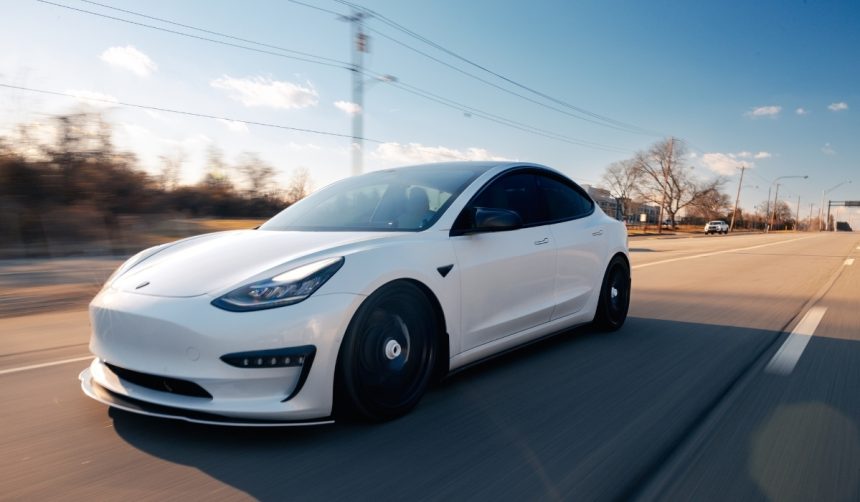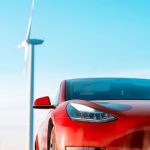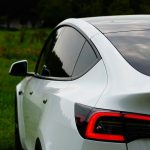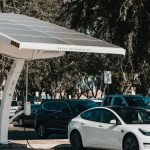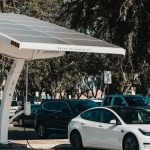Tesla’s energy division is quietly outpacing its core automotive business, marking a significant shift in the company’s revenue landscape. As CEO Elon Musk promotes ambitious projects such as self-driving vehicles and humanoid robots, the surging performance of Tesla’s energy unit has begun capturing attention from analysts and investors. Industry observers note that while electric vehicle sales, once the driving force behind Tesla’s success, are encountering increased global competition and profit pressure, the company’s battery storage and solar product offerings—featuring brands like Megapack and Powerwall—are steadily gaining ground amid rising worldwide demand for energy solutions.
A year ago, Tesla’s energy business operated quietly in the background, with headlines focusing on vehicle deliveries and Musk’s technology promises. Earlier reports highlighted the company’s slow but incremental progress in solar and battery sales, but recent financial results show notable acceleration. Tariffs and market contraction issues that have periodically disrupted Tesla’s automotive growth appear less influential on the energy unit, which now benefits from a global A.I.-driven push for data center power.
How Did Tesla’s Energy Division Perform in Recent Earnings?
During the third quarter, Tesla’s energy unit contributed 12 percent to total revenue, double the previous year’s share. Sales for energy generation and storage jumped to $3.4 billion between July and September, increasing 44 percent year over year, significantly surpassing the 6 percent rise in vehicle revenue. This surge comes as Megapack and Powerwall deployments exceeded 12.5 GWh for the quarter, up by over 80 percent from last year.
What Challenges Is Tesla Facing in Its Core Business?
While the energy division expands, the auto segment faces headwinds. Tesla’s third-quarter profit declined 37 percent to $1.4 billion despite a moderate rise in overall revenue, reflecting narrowed margins from reduced vehicle prices and international tariffs. European Union EV registrations for Tesla dropped 43 percent this year, and Shanghai Gigafactory shipments decreased as well. Musk took the opportunity in the latest earnings call to reiterate his belief in autonomous technology, but these products have yet to materially impact financial results.
What Drives the Demand for Tesla’s Energy Products?
An A.I. infrastructure boom is fueling global energy needs, propelling Megapack and Powerwall adoption. Major clients, including Musk’s xAI, have invested heavily in Tesla’s storage products, with purchases totaling over $191 million last year.
“Demand for Megapack and Powerwall continues to be really strong into next year,”
said Michael Snyder, vice president of energy and charging at Tesla, adding,
“We’re seeing remarkable growth in the demand for A.I. and data center applications.”
Tesla also develops solar panels for homes, with a new U.S.-produced panel set for launch in early 2025.
Unlike previous years when automotive sales drove Tesla’s overall performance, the latest growth in energy storage points to a changing balance within the company’s revenue streams. The impact of tariffs, which cost Tesla over $400 million in the quarter, falls on both EV and energy divisions but is expected to ease as Shanghai-based production targets non-U.S. markets. Musk has outlined plans to boost energy output efficiently through battery storage rather than new infrastructure, aiming to address the critical demand from A.I. expansion and modern data centers.
The rapid growth of Tesla’s energy business reflects mounting demand for large-scale battery systems and home energy solutions, particularly as digital infrastructure expands globally. Investors and industry watchers should closely monitor how this shift influences Tesla’s long-term revenue model, especially in light of declining automotive margins and intensifying market competition. Businesses affected by fluctuating power demands or high utility costs may find added value in scaling battery solutions like Megapack and Powerwall, both for economic efficiency and grid reliability. For those considering renewable energy investments, Tesla’s recent results indicate storage deployments are becoming an increasingly important segment, with potential to gain prominence as clean technology incentives and global energy needs evolve.
- Tesla’s energy division grows faster than its vehicle segment this quarter.
- Megapack and Powerwall sales surge as A.I. infrastructure boosts demand.
- Tariffs and slowing car sales push Tesla to focus more on energy products.

